By Astrid Furstner | CNA Chair
This month’s column has been particularly difficult to write. I am a Hispanic immigrant living in Portland, and I feel for what is going on right now. If you want to know more about my story, let’s have coffee one day, and I’ll tell you all about it.
But, this is not my story, nor is it my moment. This is another group’s time, but it is about all of us. Black lives matter. Your voice, your actions, your kindness, your ability to stand up – all of that matters.
Use your voice to stand next to our brothers and sisters of color and say it again – Black lives matter.
As a board, we had these discussions and I am pleased to see that our board is diverse and had a variety of representations in attendance at our June meeting, along with different viewpoints, to create the position statement you’ll find on the previous page.
As a group of diverse people, we get together each month and discuss our neighborhood, plan for events that benefit all of us in Concordia – renters, homeowners, Black, white, indigenous, Hispanic, Asian, immigrant, gay, straight, trans, etc. That is how it should be.
Neighbor to neighbor – we are all looking out for each other. So, in these times, I ask each of you to please:
- Be kind to one another.
- Stand up for one another.
- Be respectful, even when disagreeing.
- Be the difference and the change that our world needs.
Your neighborhood association board will continue our efforts to build inclusive community in Concordia. If you have ideas to share about how the neighborhood can do more, please join us. Our next meeting is July 1 at 7 p.m. Visit ConcordiaPDX. org/CNAMeetings to learn how to participate in that virtual meeting.
Thank you.
Astrid Furstner is a mother, a wife, an immigrant, a local artist and an artisan. She lives with her luthier husband, Brent, and her artist-in-the-making daughter, Luciana. Together, they call Concordia their home.
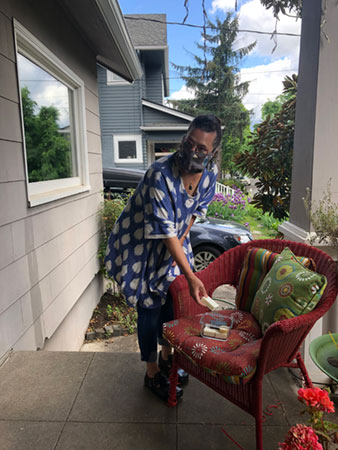
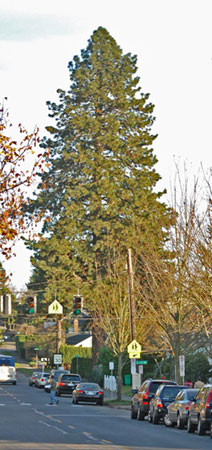
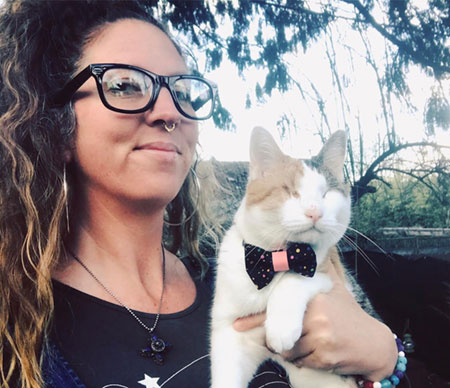
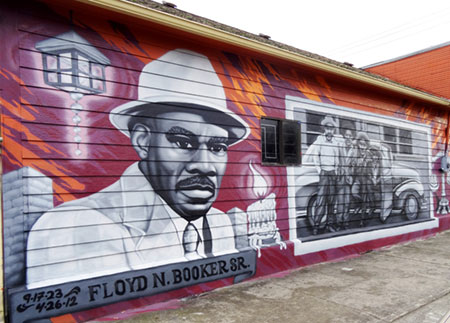
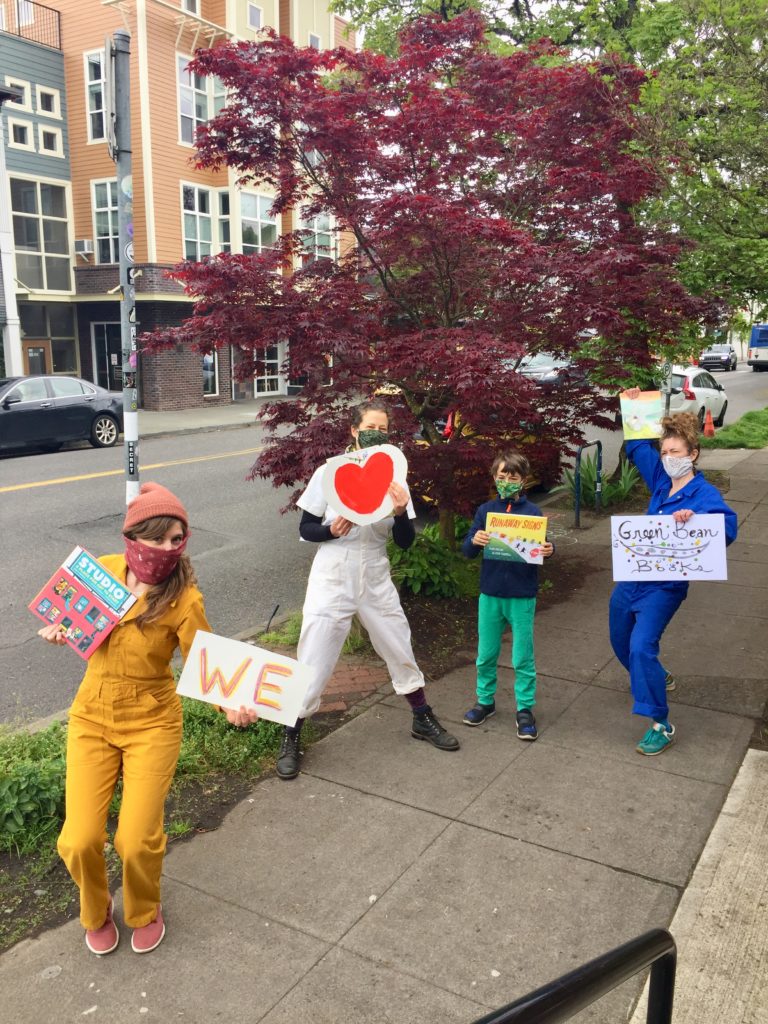


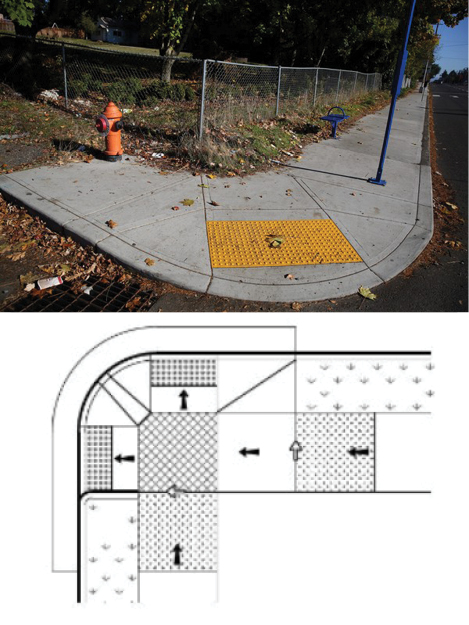 The largest project in Concordia funded by the 2016 Fixing Our Streets gas tax is scheduled to break ground this summer, as Alberta Street is repaved from 15th to 33rd avenues.
The largest project in Concordia funded by the 2016 Fixing Our Streets gas tax is scheduled to break ground this summer, as Alberta Street is repaved from 15th to 33rd avenues.